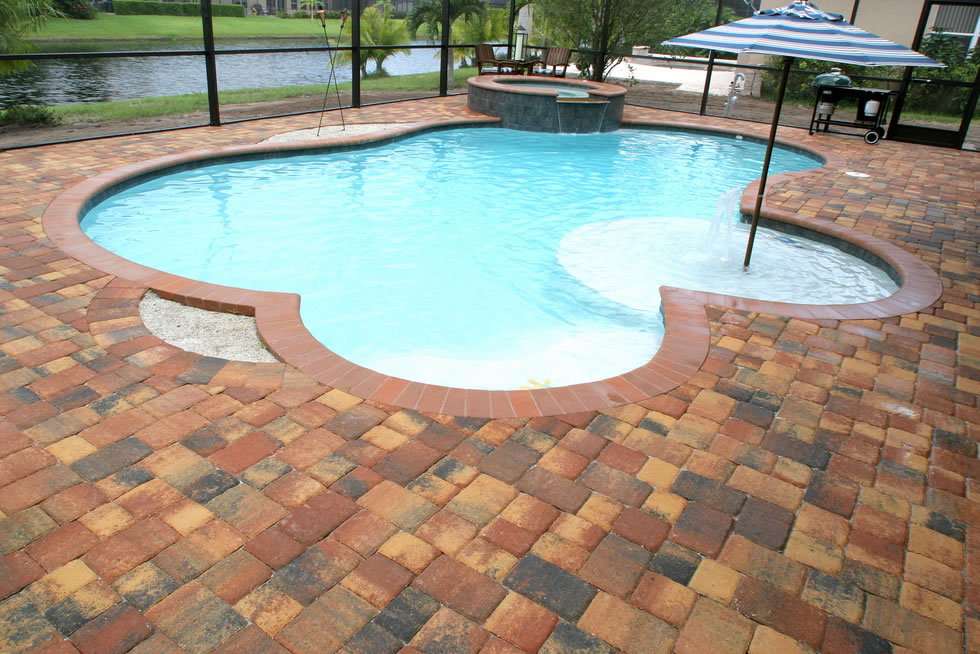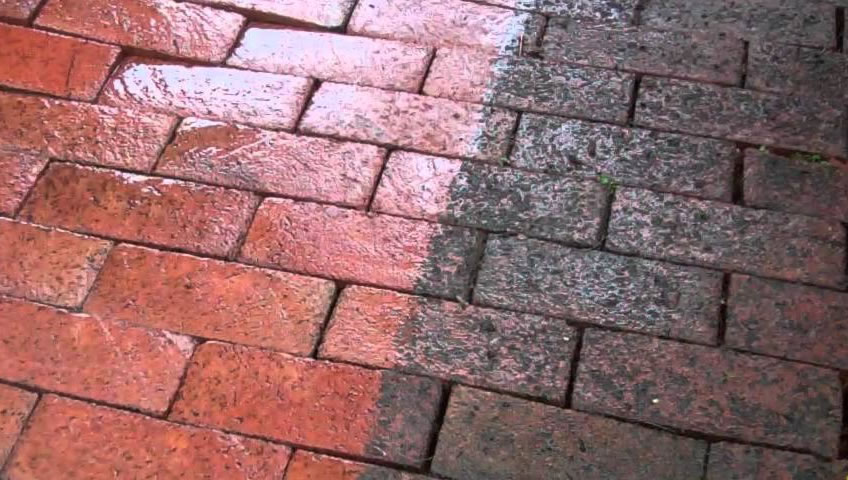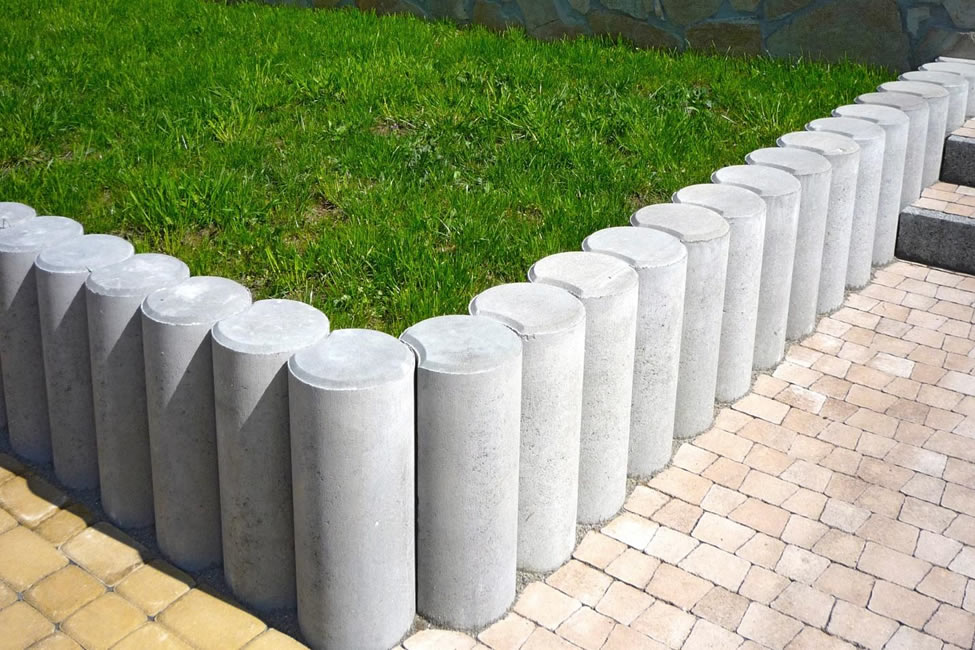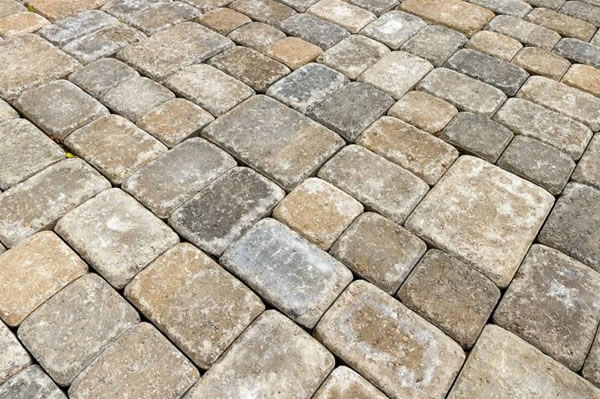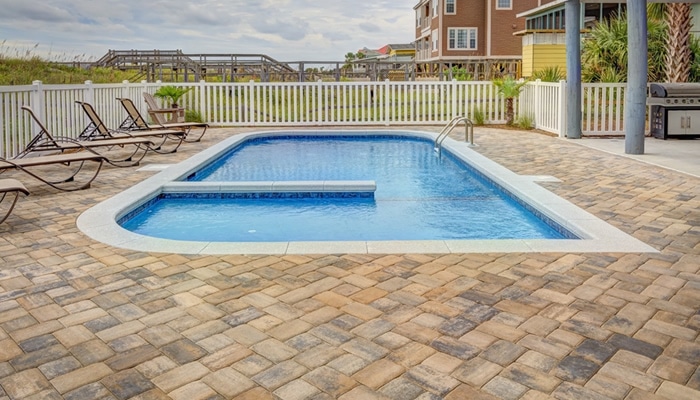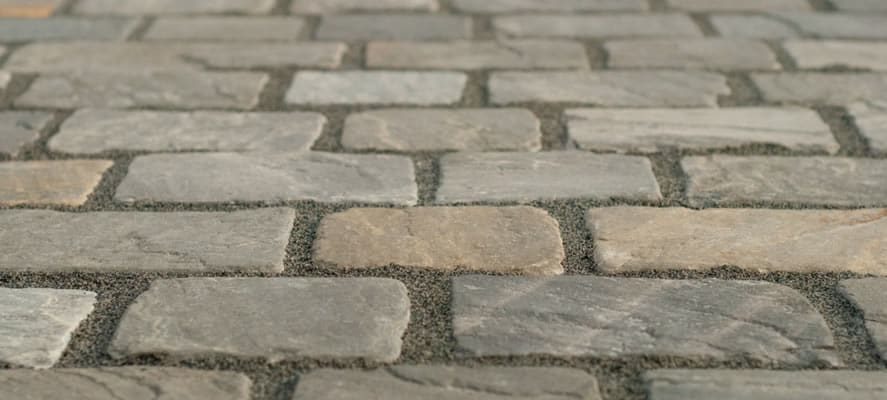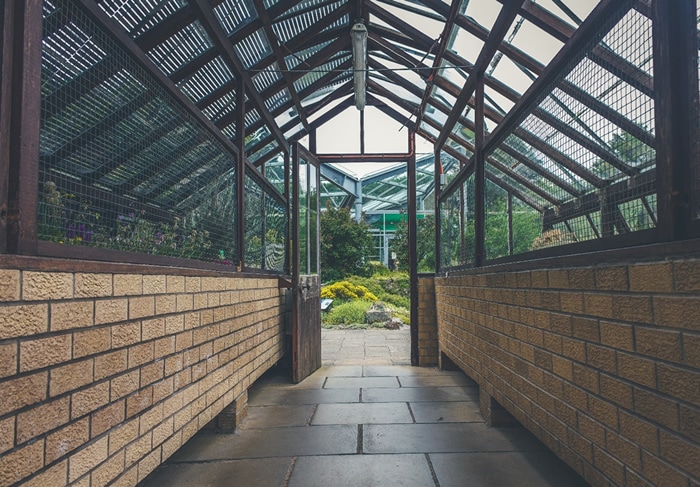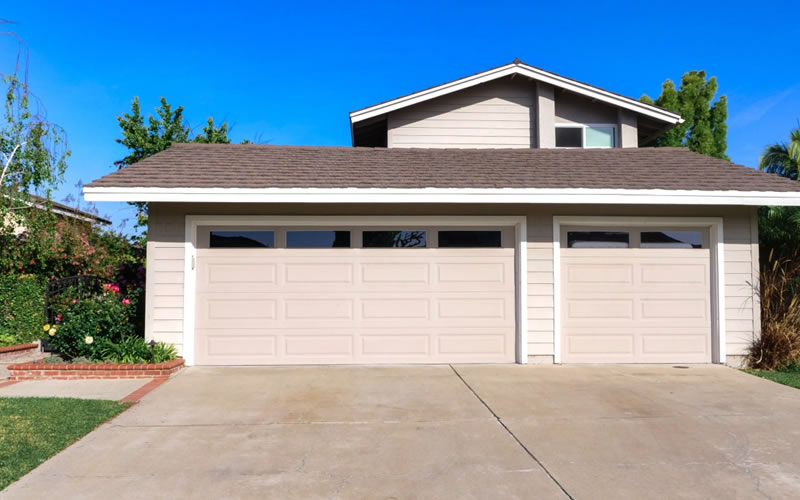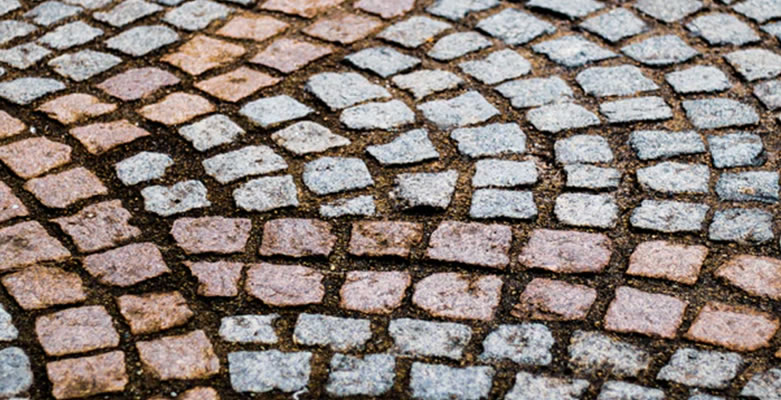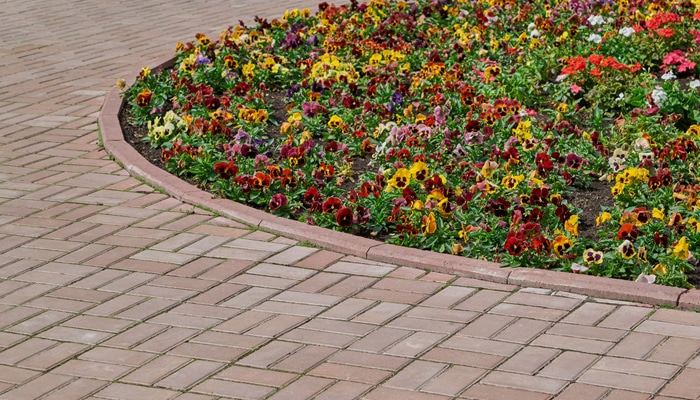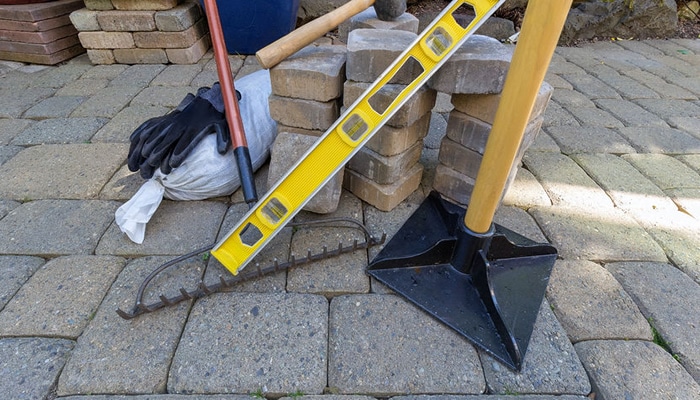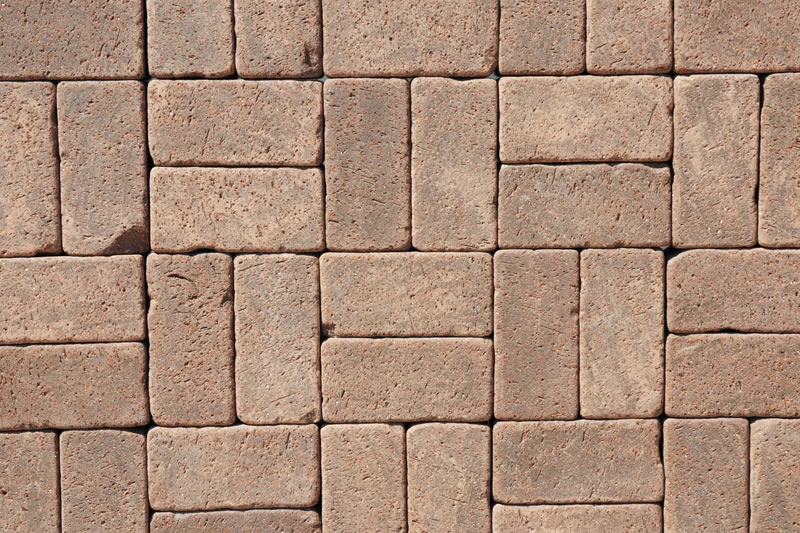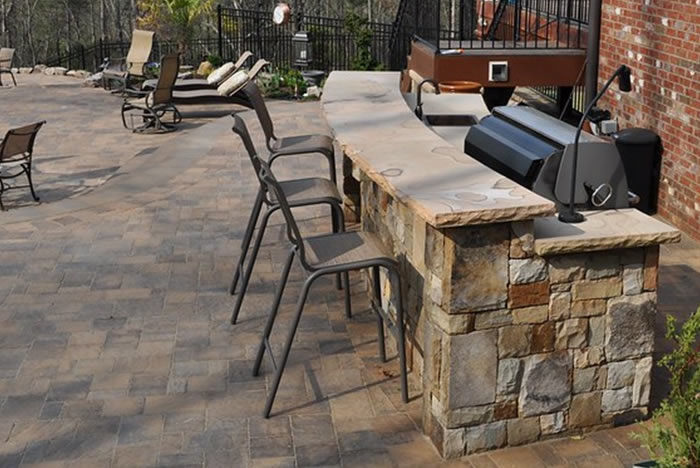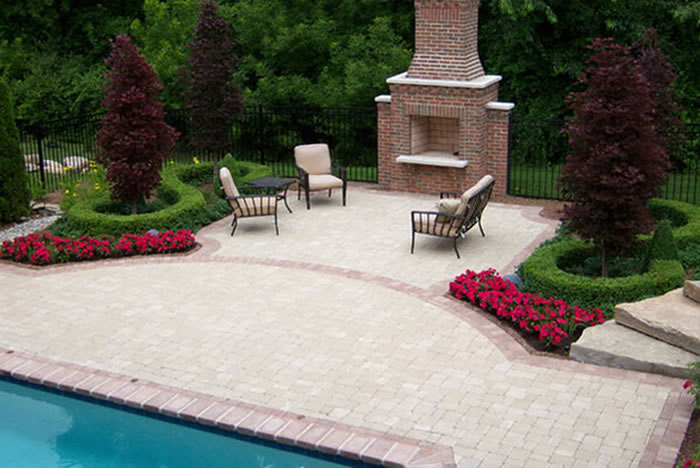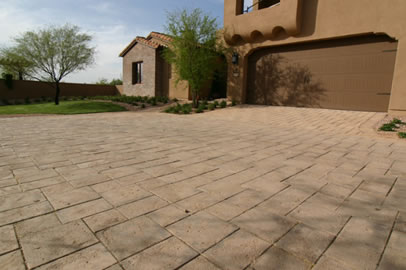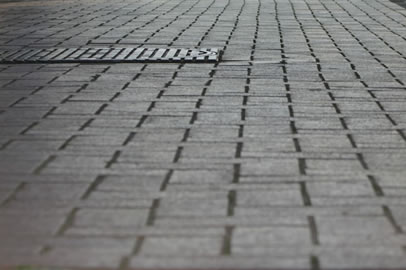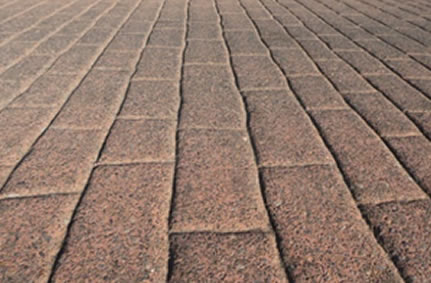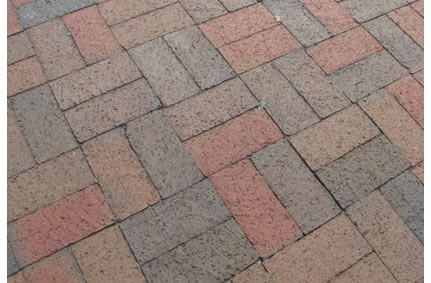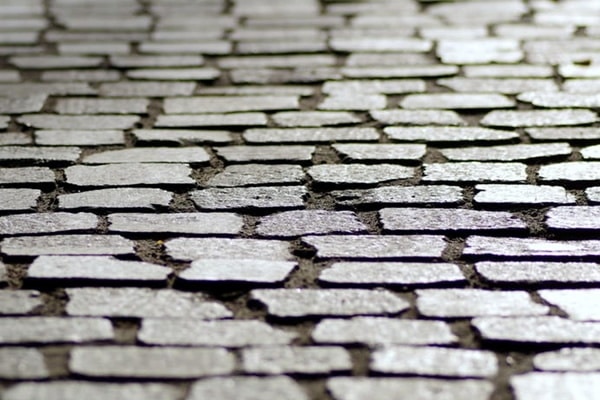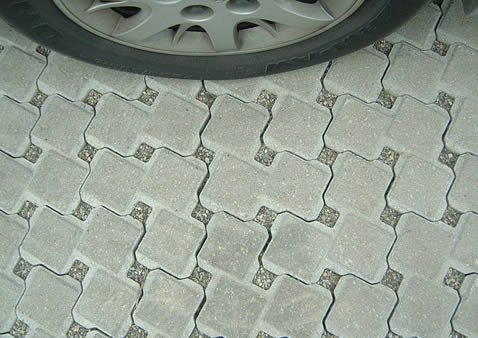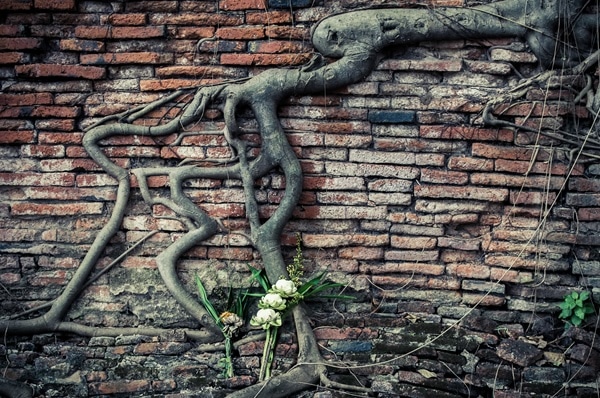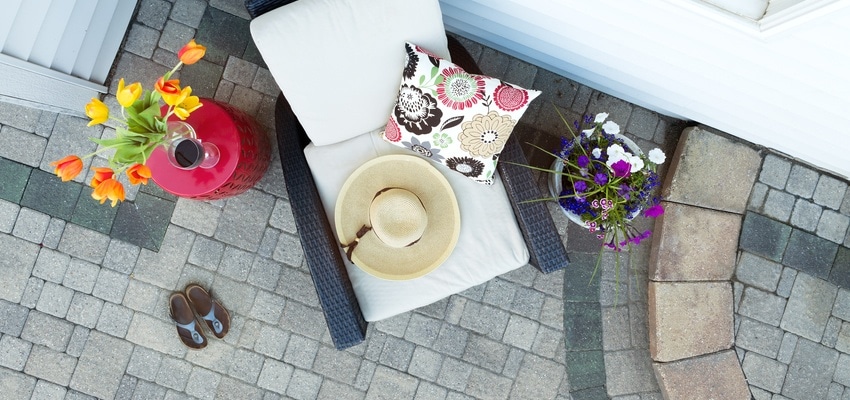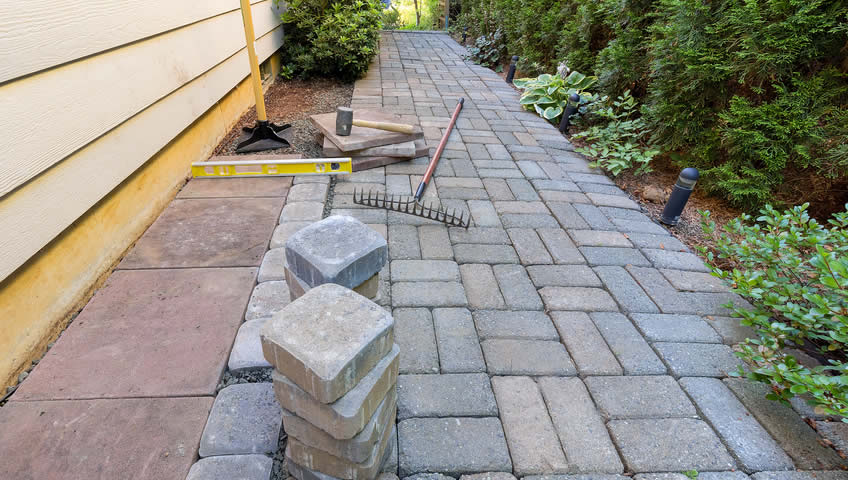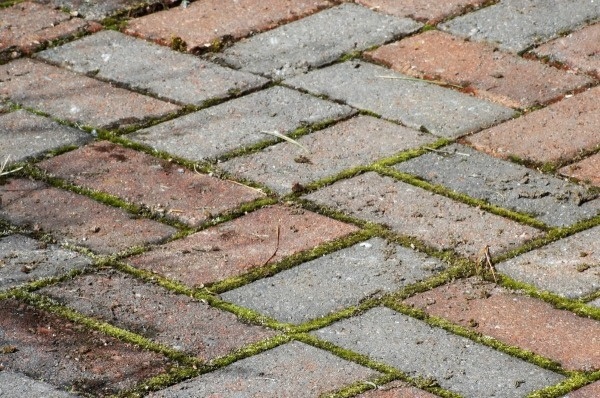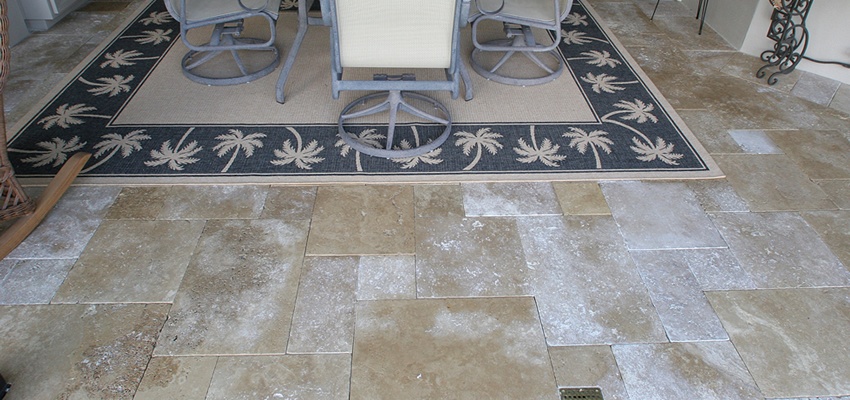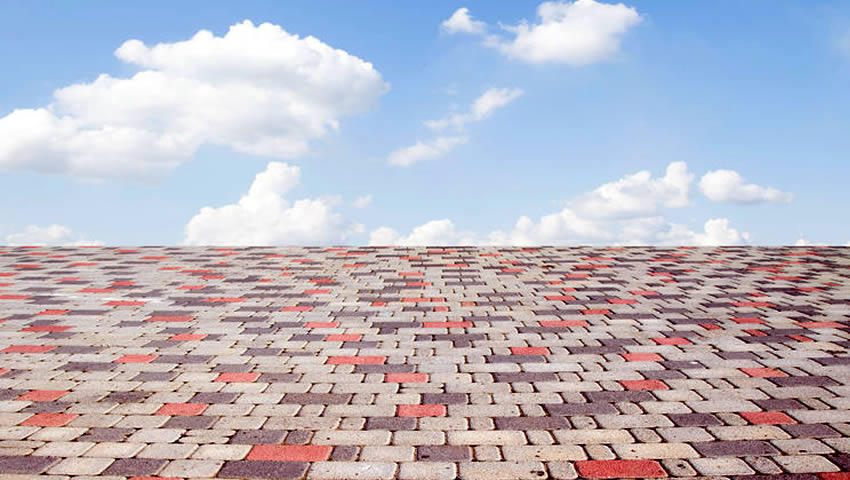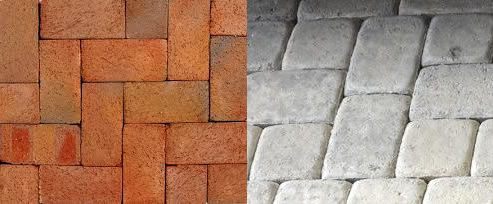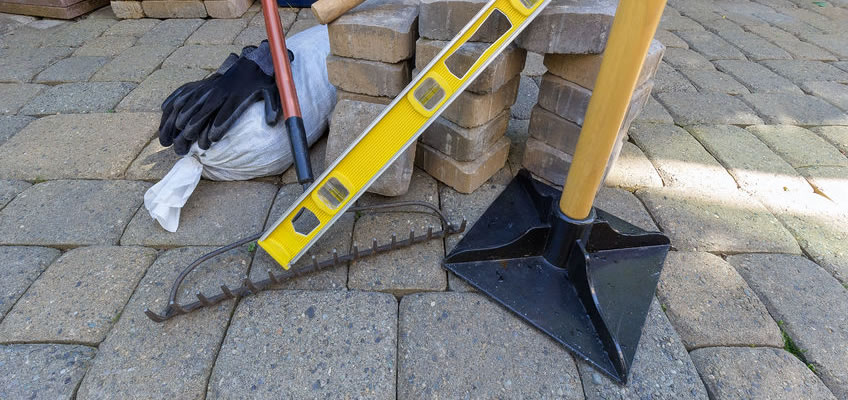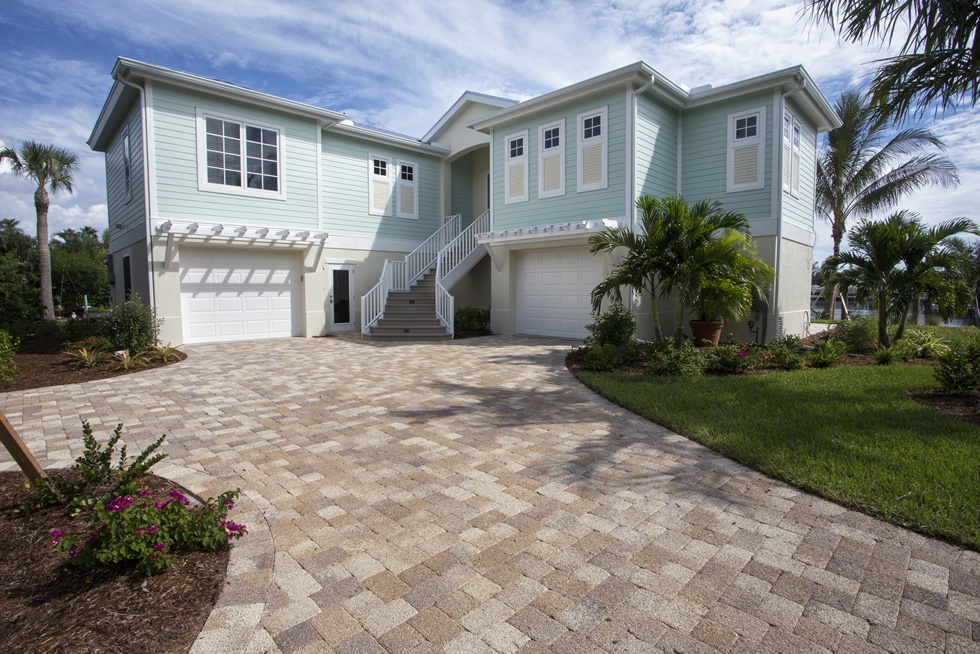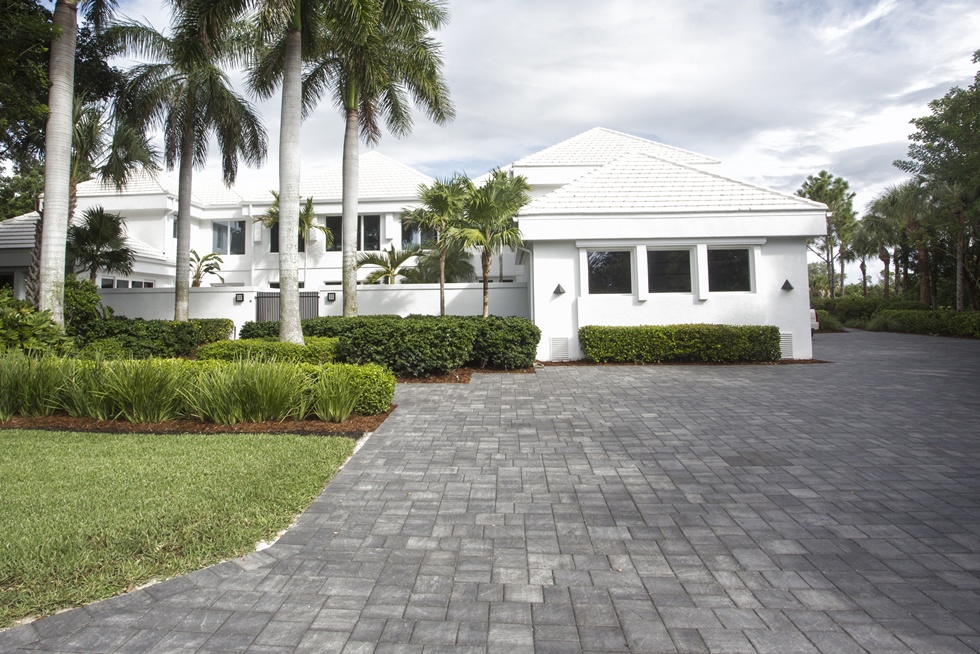Many things must be considered when you’re working on a paver project. One of the essential parts of building a pavement in the outdoor area of your home is to estimate the materials needed.
But the paver base remains the most crucial part of the entire project. The most frequently asked question about the base is how much of it is needed. If you have a similar query, read on to find out.
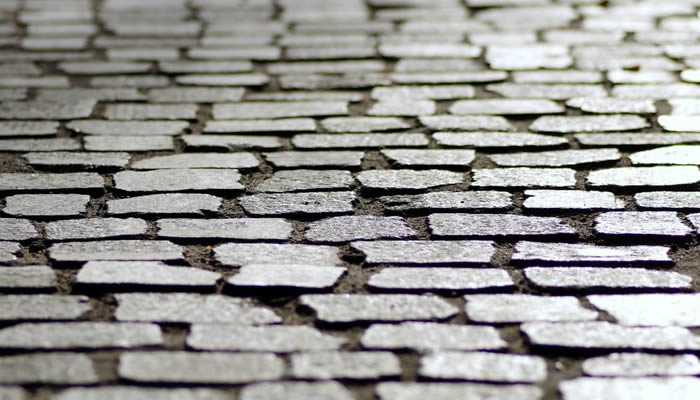
Why is Paver Base Important?
Whether you plan to create a patio, driveway, or walkway with pavers, the paver base plays a vital role in all projects. Generally, gravel is used as the base material because it easily absorbs the tension from the ground. Moreover, it quickens the drainage process when exposed to moisture, which is perfect for outdoor spaces.
The base is the most essential part of the pavement as it provides compactness and slope. Since it is the base, your entire project is built on it, giving the pavement stability. An uneven base will cause the pavers to come off or sink into the ground. Moreover, it allows moisture to pass through easily so that the water can drain. It is more convenient when you have a gravel base.
When the pavement is constructed, you need a sufficient amount of gravel material to create an even and compact base to ensure your pavement stays put for many years to come. Plus, it enhances the appearance of your home’s outdoor area, thus boosting the curb appeal.
How Much of the Base Material is Needed?
Exactly how much material you need for the base depends on the size of your project. The length and width of the walkway or patio will determine the final amount. However, it is important to note that you will need the base to be at least 6 inches deep after compaction.
If you have an insufficient base material, it will create an uneven surface which can break the stones. You can also opt for paver panels that interlock as an alternative to a gravel base. They are more lightweight and offer more stability. Plus, they require fewer materials and work. You don’t need as much sand or and excessive digging isn’t required.
Work with West Coast Pavers
Are you planning a paver project? Leave the job up to professionals instead of putting yourself through the hassle with a DIY project.
West Coast Pavers is the best paver contracting company in Fort Myers, Florida. Get in touch today to start your project. Call us at (239) 590-9834 or email info@wcpavers.com for more details.

